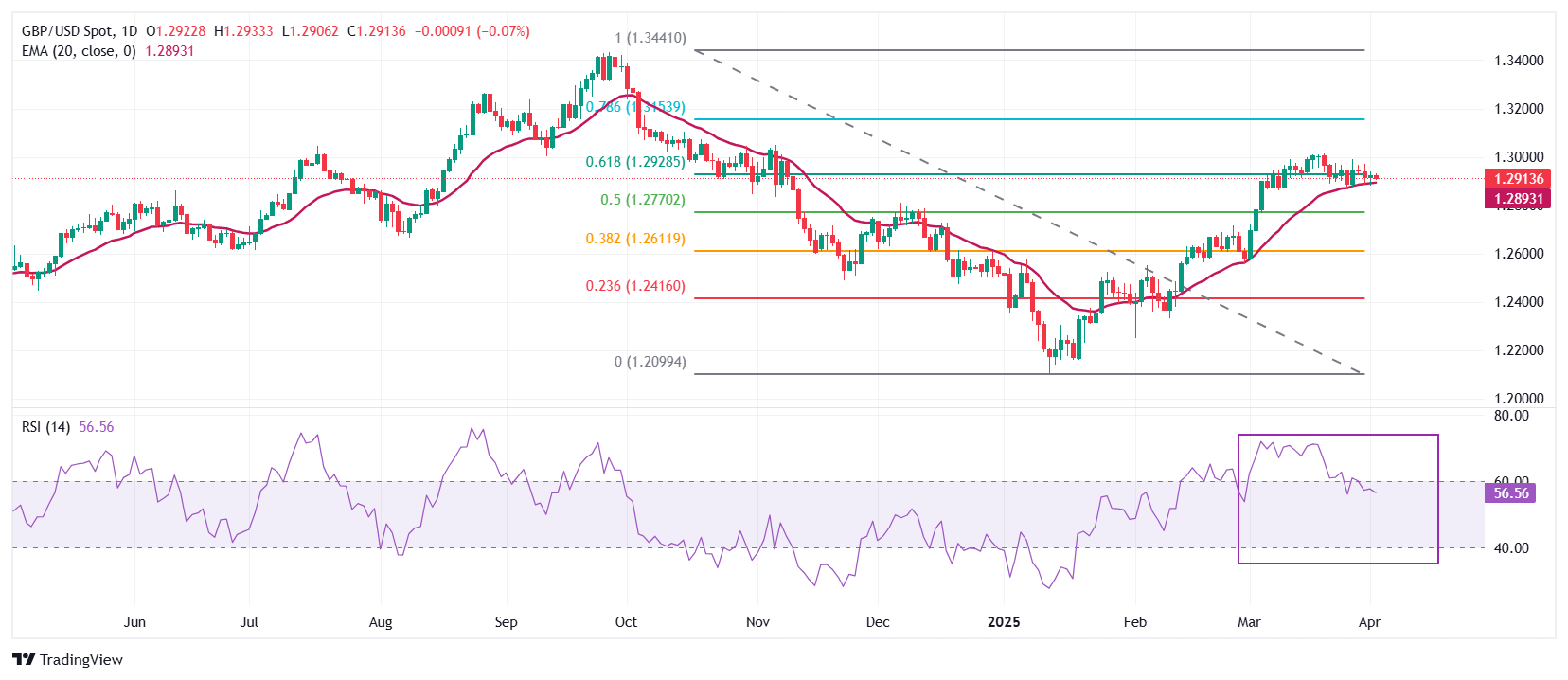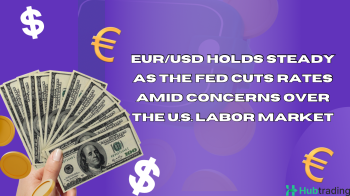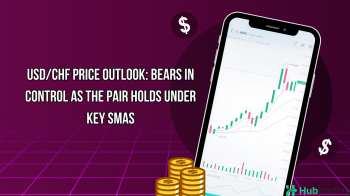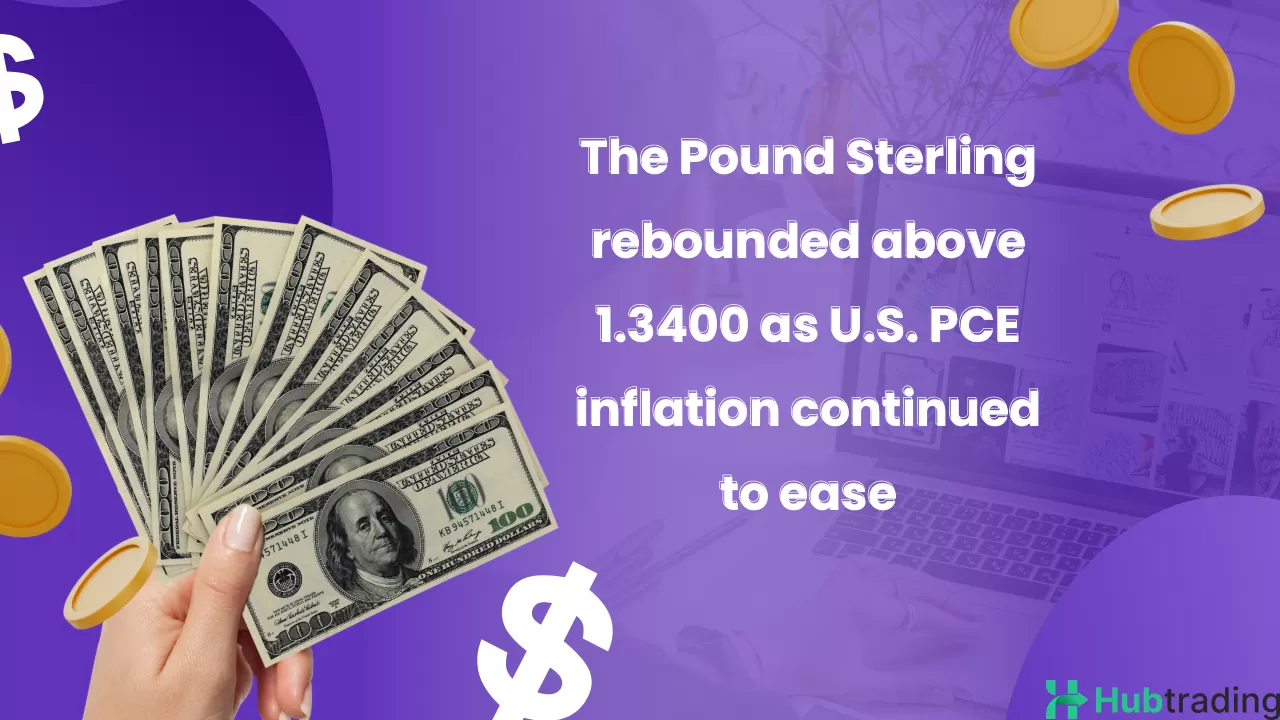-
The Pound Sterling is trading within a narrow range around 1.2900 against the US Dollar as traders await US President Trump’s announcement on reciprocal tariffs.
-
Trump’s tariff policy is anticipated to target unfair trade practices by his global counterparts.
-
Slowing UK wage growth momentum may open the door for additional interest rate cuts by the Bank of England.
The Pound Sterling (GBP) is trading sideways around 1.2900 against the US Dollar (USD) during Wednesday’s European session, as investors remain cautious ahead of US President Donald Trump’s anticipated announcement on reciprocal tariffs. The GBP/USD pair is consolidating as market participants wait for further details regarding Trump's tariff plan, which is set to be unveiled later today.
Trump has referred to April 2 as “Liberation Day,” expecting that the imposition of reciprocal tariffs will bolster the US economy. These tariffs are anticipated to disrupt global trade, with White House spokeswoman Karoline Leavitt indicating that new levies will be effective immediately after the announcement. If the tariffs are higher than expected, market sentiment could turn increasingly risk-averse, potentially weighing on global economic growth. Reports have suggested that the US may impose a 20% tariff on most imports, with US Treasury Secretary Scott Bessent stating that the levies could be adjusted if other nations ease trade barriers with the US.
Moreover, Trump’s plan to distribute tariff revenue to households through tax dividends or refunds could lead to inflationary pressures in the US, possibly forcing the Federal Reserve (Fed) to maintain a restrictive monetary policy stance. Investors will also focus on the release of the ADP Employment Change data for March at 12:15 GMT, with expectations that private employers added 105K jobs, surpassing the 77K growth in February.
Daily Digest Market Movers: Pound Sterling Faces Caution Ahead of Tariff Announcement
- The Pound Sterling trades cautiously against major peers on Wednesday, as investors turn risk-averse ahead of Trump’s tariff announcement. The US’s new tariffs could impact global economic growth, with higher duties making foreign products less competitive.
- The UK is likely to feel the effects of this uncertainty, with the UK Office for Business Responsibility (OBR) warning that Trump’s policies could shrink the economy by up to 1% and erode the fiscal buffer.
- A delay in finalizing the economic deal between the US and UK beyond “Liberation Day” is also raising concerns over future trade relations. Cooling wage growth in the UK could further weigh on the Pound, as data released on Wednesday shows that the median pay rise grew by just 3.5% in the three months to February, the lowest level in three years.
- This slowdown may fuel expectations for more dovish policies from the Bank of England (BoE), particularly as employers have been hesitant to provide large pay increases due to higher social security contributions.
Technical Analysis: GBP/USD Remains Rangebound Around 1.2900

The GBP/USD pair continues to trade within Tuesday’s range, hovering near the 61.8% Fibonacci retracement level at 1.2930. The 20-day Exponential Moving Average (EMA) provides support around 1.2890. The 14-day Relative Strength Index (RSI) has cooled to near 60.00, indicating the potential for bullish momentum if the RSI moves back above this level.
To the downside, the 50% Fibonacci retracement at 1.2770 and the 38.2% Fibonacci retracement at 1.2615 are key support zones. On the upside, the October 15 high of 1.3100 remains a significant resistance level.





